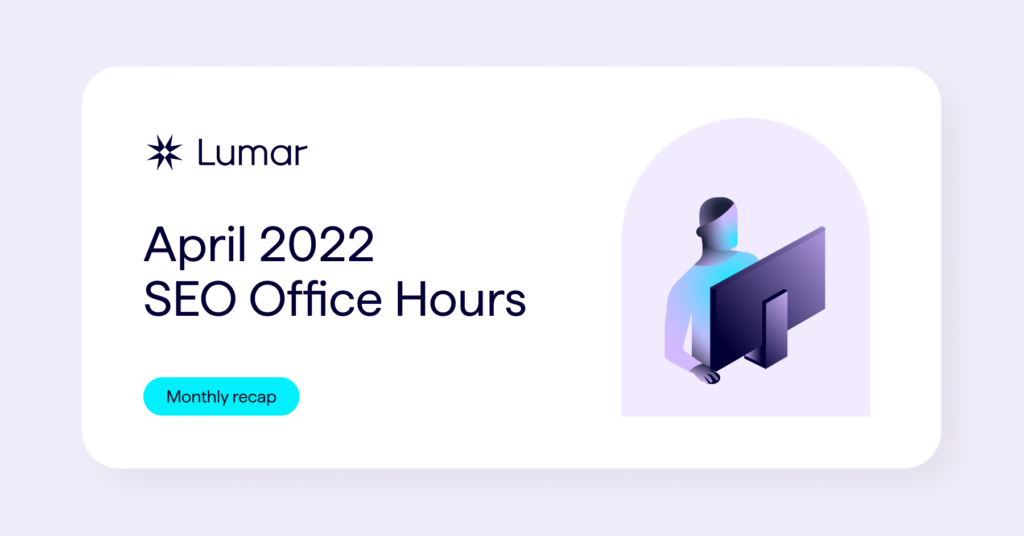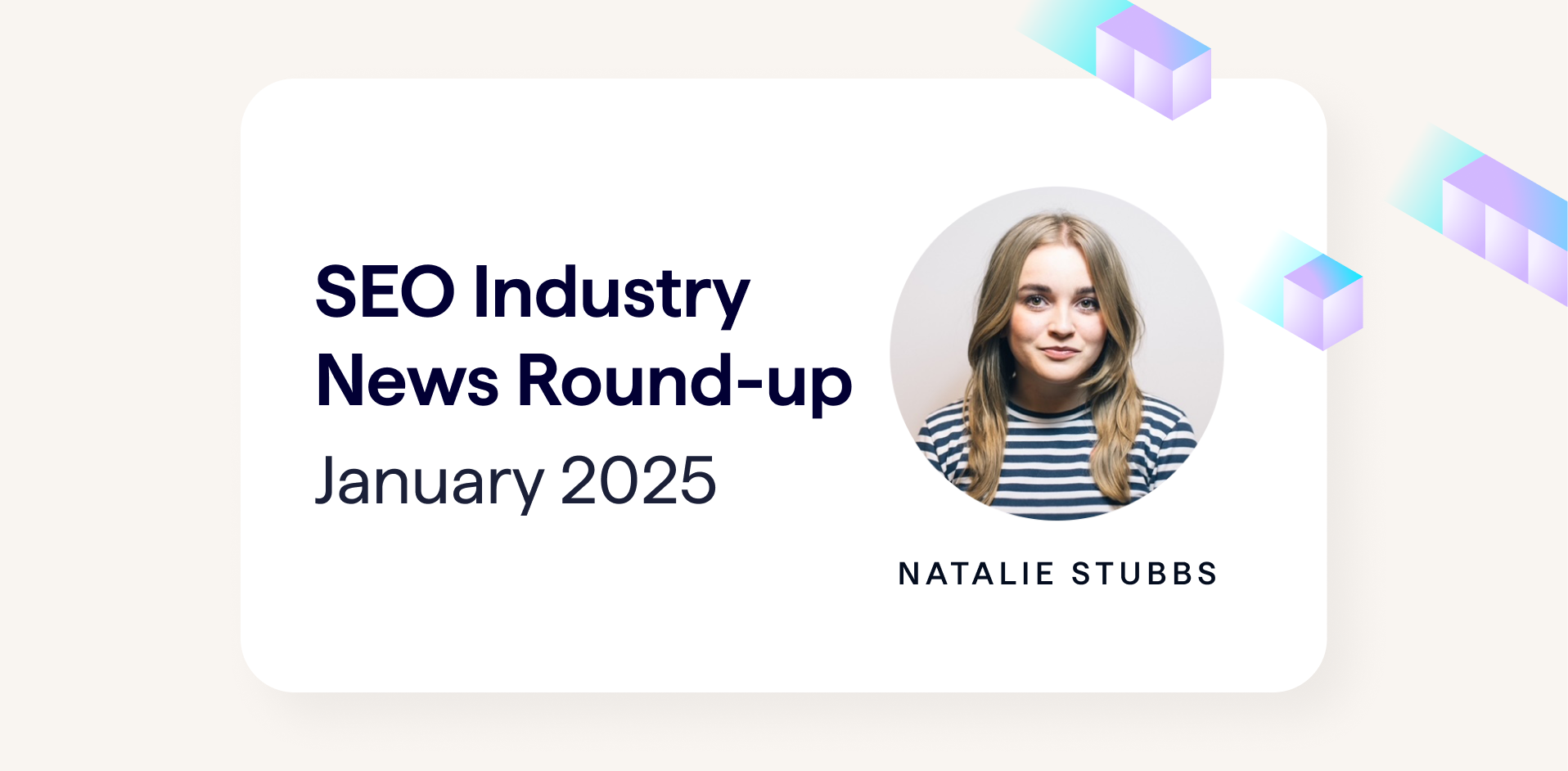We’re back with a new round-up of key takeaways from the latest Google Search Central SEO Office Hours sessions! Staying up-to-date with all of the latest developments and best practices in search engine optimization can be hard — didn’t catch the latest Google Search Central sessions? No worries! That’s why we’re regularly sharing our notes from these events and helping our digital marketing and technical SEO community keep up with all of the latest news and advice from Google.
Read on for our top takeaways from the latest sessions.
Titles shown in Google SERPs are based on the page and not the query
The titles shown in search results on Google are based on the page itself and not the search query. If you notice that the title displayed in the SERPs is being changed between older and newer versions of a page, it could be that an older version of the page has been used for indexing and processing. You can resubmit that page for reprocessing and once it’s processed, use a site:query to recheck the title. You could use this process to understand how Google is changing it and to help to fine-tune your pages (and even understand changes that may be needed for larger templates).
Skip directly to this part of the session video below:
Use log file analysis to understand which older 404 pages may benefit from redirects
When doing a website migration, it’s important to make sure that important external links are redirected so that users don’t land on a 404 and the link is lost. This could also be reflected in the search results over time. John mentioned that a difference may not be noticed after a time period of two years, but that if there are really strong external links pointing to a 404 or broken link, it would still be worthwhile to redirect these pages. He clarified that you can further analyze this by using log files to see which older 404 pages search engines are still regularly trying to access. This could be a sign that they should be redirected to something more useful.
Skip directly to this part of the session video below:
The ‘target’ attribute within links does not influence ranking
It was mentioned by John in this session that the target attribute within links is ignored by Google for ranking purposes, as it simply refers to how a link should be opened and Google only focuses on the href attribute. But if there is a blank href and a target attribute of ‘self’, then it’s likely that Google would drop the link because there is no destination if a link is pointing to itself.
Skip directly to this part of the session video below:
Google Image Search usually doesn’t find images specified within a CSS background attribute
A question was asked in this session about whether a pure CSS background image would be picked up by Google Image Search. John relayed that, to his knowledge, this would not be picked up by Google Image Search. To help Google find these images, it’s best to make sure it’s linked within the page, if you care about the image appearing in Image Search. For Image Search, Google’s algorithm mostly looks at the image alt tag, the title tag, and the text around the image on a page.
Skip directly to this part of the session video below:
Core Web Vitals metrics are weighted toward the pages with the most traffic on your site
Google’s Core Web Vitals (CWV) metrics are typically looked at through a sample of traffic to the overall website. Therefore, it’s the pages on your site that get the most visits that will contribute the most to the overall CWV score. Having pages on your site that perform poorly for Core Web Vitals, but don’t bring in a lot of traffic, is going to be less of a concern. In the same vein, pages with little traffic and great CWV metrics aren’t likely to pull up the site-wide score. The exception is if Google has enough data to segment a certain part of the site and treat it separately. For example, a super fast blog with lots of visits may end up being looked at on its own, away from the rest of the content on the site.
Skip directly to this part of the session video below:
URL structure does not make a page appear closer to the homepage – Google looks at internal linking instead
Google uses internal linking rather than folder structure to understand how close a page is to the homepage. So if a particular URL includes many subdirectories (aka if a URL has many slashes in it) — or if it has only one — the site’s overall architecture would be viewed by Google based on the internal linking (rather basing this structural understanding on the URL’s format). Google Search cares much more about internal linking structures than folder or URL structures.
“Just looking at the number of slashes in a URL doesn’t tell us that this [page] is lower level or higher level [within the site]. It’s really, from the homepage, or from the primary page, how quickly can we reach that specific page?” said Mueller.
Skip directly to this part of the session video below:
Internal links in the header and/or footer of a page are generally treated as equal to links in the body content
One user asked whether there’s a distinction between internal links that are placed in the main body of a webpage and those that are contained in the header or footer. John explained that Google tends not to differentiate based on the placement of a link on a page; an internal link is an internal link, no matter where on the page it is placed.
Google won’t understand a link in the footer as having less weight or view it as less useful than a link higher up on the page purely by virtue of it being placed in the footer. John says that it is slightly different when Google considers the content or main text of a page, as they want to understand what the primary content is on a page. But for links, its placement or location on a given page does not tend to change Google’s view of it.
Skip directly to this part of the session video below:








